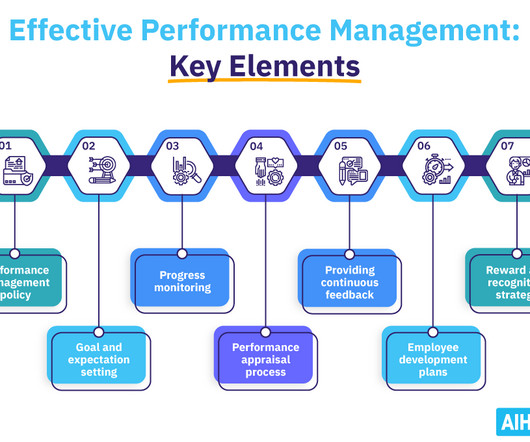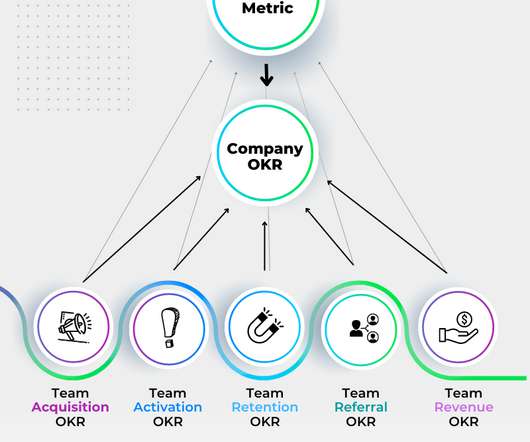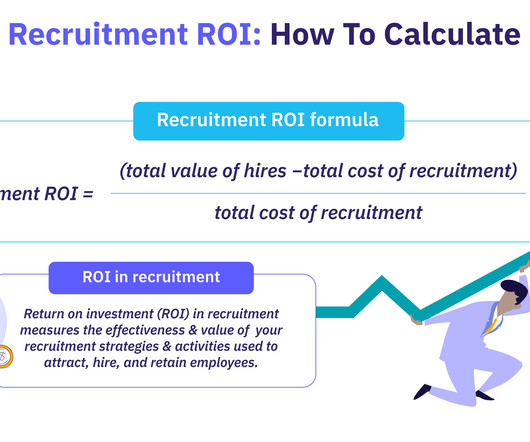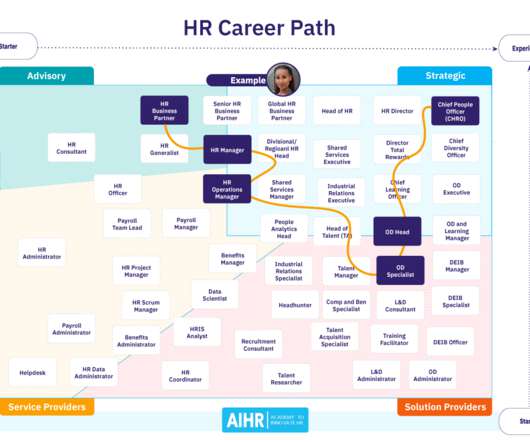What Is Performance Management? The Complete Guide
AIHR
MARCH 3, 2023
Effective performance management helps organizations ensure that employees understand their roles, receive constructive feedback, and have the support they need to achieve their goals and business objectives. Let’s look at what performance management is, what the performance management process looks like, and some examples.















Let's personalize your content